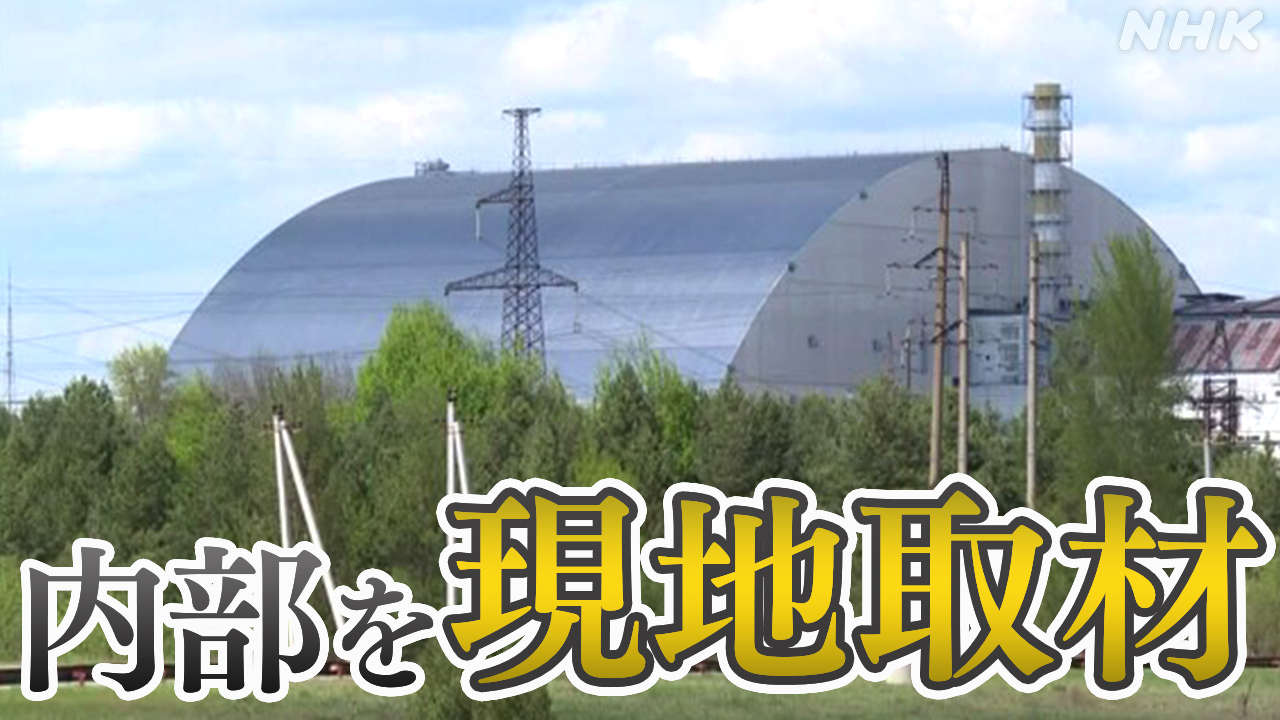Damaged Chernobyl Shelter After Russian Attack: Concerns Rise Over Nuclear Safety
The ongoing conflict in Ukraine has cast a long shadow over the Chernobyl Exclusion Zone, raising serious concerns about the safety of the damaged nuclear power plant. Recent reports indicate that the Chernobyl shelter, a crucial structure protecting the remnants of the 1986 disaster, has sustained damage following the Russian invasion. This event has sparked international alarm, highlighting the potential for a catastrophic release of radioactive materials.
The Severity of the Damage and its Implications
The extent of the damage to the Chernobyl shelter remains unclear, with conflicting reports emerging from various sources. However, initial assessments suggest significant structural compromise, potentially jeopardizing the containment of radioactive waste. This is deeply concerning, as even a partial breach could lead to the release of dangerous isotopes into the environment, posing a significant threat to human health and the ecosystem.
Key Concerns Raised by Experts:
- Compromised Containment: Damage to the shelter could compromise the integrity of the sarcophagus, the structure encasing the damaged reactor. This increases the risk of radioactive material escaping.
- Disruption of Monitoring Systems: The conflict has disrupted vital monitoring systems within the Exclusion Zone, hindering accurate assessment of the situation and hampering efforts to mitigate potential risks.
- Access Restrictions: The ongoing hostilities make it extremely difficult for international experts and Ukrainian personnel to access the site and conduct thorough inspections and repairs. This delay in response is a major factor exacerbating the risk.
- Potential for Wider Contamination: Any release of radioactive material could spread beyond the Exclusion Zone, impacting neighboring regions and potentially causing long-term health consequences.
International Response and Calls for Action
The international community has responded to the situation with a mixture of condemnation and calls for urgent action. The International Atomic Energy Agency (IAEA) has expressed deep concern and is actively working to gather information and coordinate international assistance. Many nations have condemned the actions that led to the damage and called for a cessation of hostilities to allow for safe access and repairs.
What Needs to Happen Next:
- Immediate Ceasefire: A temporary ceasefire is crucial to allow for safe access to the Chernobyl site and the assessment of the full extent of the damage.
- International Collaboration: Expert teams from around the world must be allowed to collaborate with Ukrainian authorities to conduct thorough inspections, repairs, and implement safety measures.
- Improved Monitoring: International monitoring efforts must be stepped up to ensure continuous surveillance of radiation levels and provide early warning of any potential leaks.
- Long-Term Planning: A long-term strategy is needed for the safe decommissioning of the Chernobyl plant and the management of radioactive waste, taking into account the challenges posed by the ongoing conflict.
The Long-Term Impact and Global Implications
The potential long-term implications of the damage to the Chernobyl shelter are far-reaching. Beyond the immediate environmental and health risks, the incident underscores the vulnerability of nuclear facilities in conflict zones and highlights the need for robust international safeguards to prevent similar occurrences in the future. The world watches with bated breath, hoping for swift action to mitigate the risks and prevent a larger-scale catastrophe.
Learn more: For updated information on the situation in Chernobyl, refer to the official websites of the IAEA and other reputable news sources.
(Note: This article provides a general overview. Information is rapidly evolving. Always refer to reputable news sources for the most current updates.)
